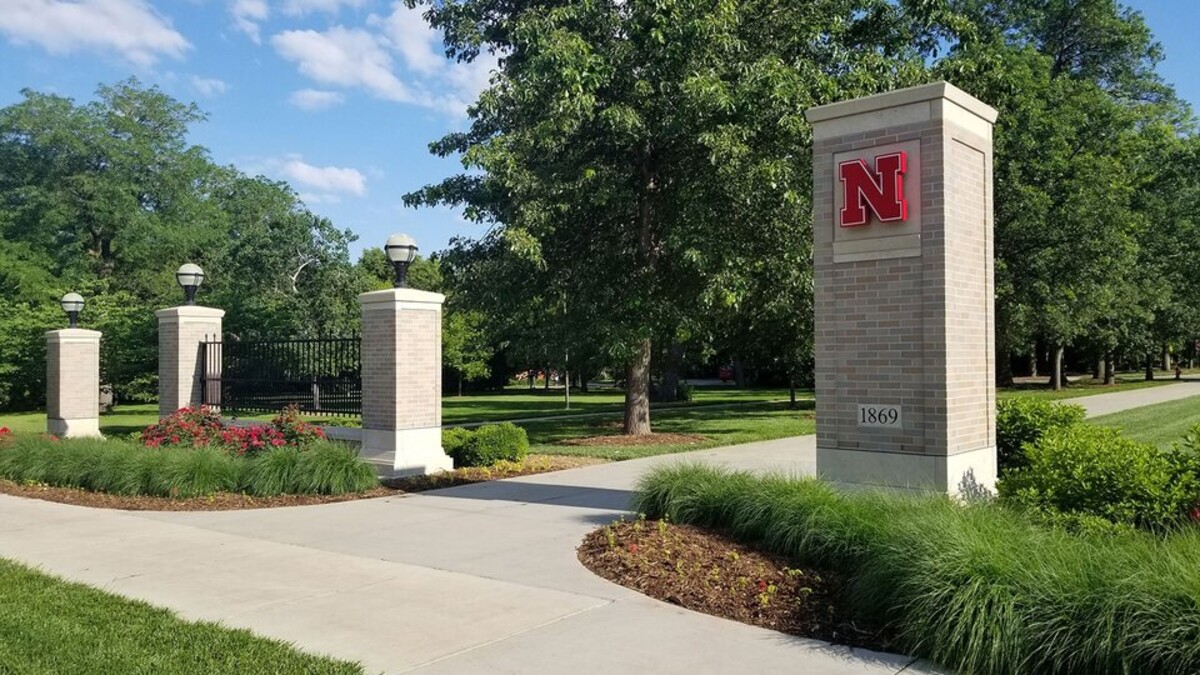February 4, 2016
Lincoln, Neb. — The 2015 Nebraska Statewide Groundwater-Level Monitoring Report reveals that much of the state is beginning to recover from the 2012-13 drought.
From spring 2014 to spring 2015, water levels began to rise after significant declines resulting from an extended period of drought from early 2012 through summer 2013. Above-normal precipitation for much of Nebraska and better water-use practices accounted for the rises. The average change from spring 2014 to spring 2015 was a rise of 0.53 feet.
Although these one-year rises are good, many parts of the state remain below 2012 levels, according to the report. Eastern Nebraska saw some of the largest rises, with some wells recording rises of 10 to 15 feet. Rises in these areas are the result of above-average precipitation and reduced need for irrigation pumping. Other notable areas of rises of one to more than 10 feet occurred in the central Panhandle and Perkins, Custer and Dawson counties.
The maps represent conditions as of late March and early April 2015 and do not take into account some of the record-setting precipitation events in eastern Nebraska in spring and summer 2015. It is expected that in spring 2016 water levels will continue to rise throughout much of the state as was seen in spring 2015, particularly in eastern Nebraska, where flooding was common.
Nebraska groundwater-level monitoring began in 1930. The annual reports and maps have been produced by the Conservation and Survey Division in the School of Natural Resources at the University of Nebraska-Lincoln since the 1950s.
Statewide groundwater-level monitoring reports depict the change in water levels from spring to spring at different time scales. The reports study the rates of drawdown and recharges measured in regional wells and give a general depiction of the state of groundwater levels on a yearly basis. The reports also compare historical trends of regional water levels over extended periods of time.
Collecting data is an effort between the U.S. Geological Survey, U.S. Bureau of Reclamation, Nebraska Natural Resources Districts and Central Nebraska Public Power and Irrigation District.
The 2015 Nebraska Statewide Groundwater-Level Monitoring Report is available for $5 at the Nebraska Maps and More Store in Hardin Hall, 33rd and Holdrege streets, or online at http://marketplace.unl.edu/nemaps and http://amazon.com. To order by phone, call (402) 472-3471. Maps and other groundwater information can be found at http://go.unl.edu/groundwater.
Aaron Young
School of Natural Resources
402-472-8339
ayoung3@unl.edu







